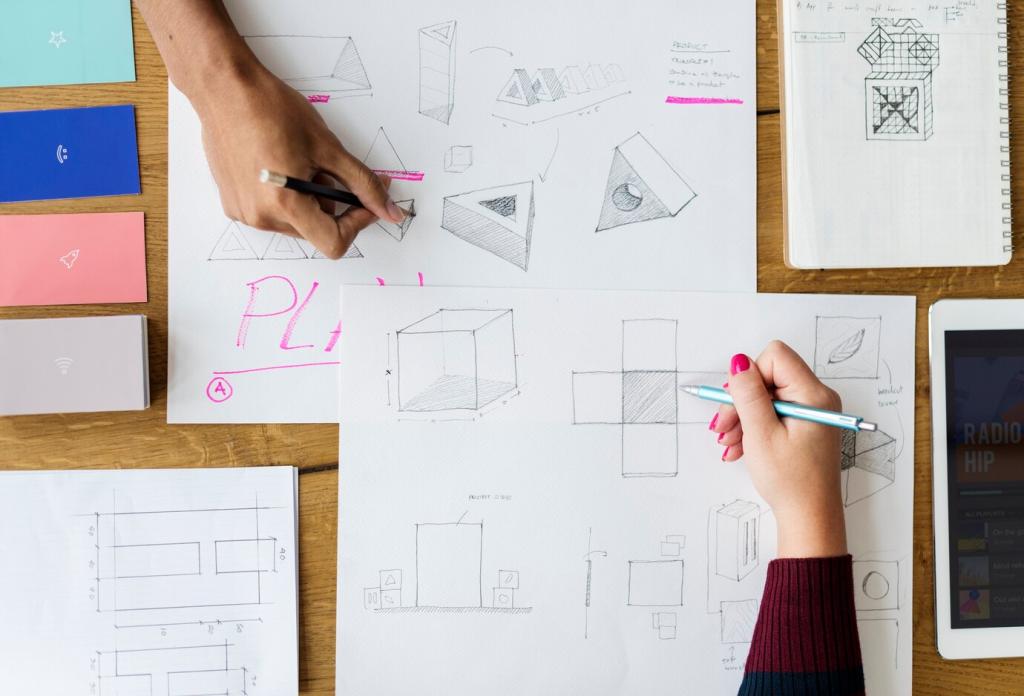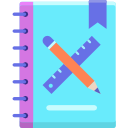
Prototyping and Wireframing for Mobile Apps: From Sketch to Tappable Reality
Welcome! Today’s chosen theme is “Prototyping and Wireframing for Mobile Apps.” Dive into practical insights, stories, and techniques that turn rough ideas into clear, testable mobile experiences. Follow along, comment with your questions, and subscribe for future deep dives.
Why Prototyping and Wireframing Matter on Mobile
On mobile, a misplaced button or awkward gesture can cripple adoption. Quick wireframes expose issues early, so you can pivot cheaply, iterate confidently, and invest fidelity only after you validate core flows.
Why Prototyping and Wireframing Matter on Mobile
Clickable prototypes turn hand-wavy ideas into concrete journeys stakeholders can tap and debate. When everyone experiences the same flow, conversations move from “what if” to “how might we improve this moment.”


Low-Fidelity Wireframes to Explore Ideas
Boxes and labels are liberating. They focus teams on structure, hierarchy, and task completion. When color and polish are absent, feedback zeroes in on intent, not aesthetics, accelerating early, honest conversations.
Mid-Fidelity Clickable Flows for Usability
Grayscale screens with real copy uncover comprehension gaps. Users tap through key tasks, revealing dead ends, unclear labels, and awkward transitions you can fix long before adding motion or visual flair.
Tools of the Trade for Mobile Prototyping
Sketch flows in FigJam, then wireframe and prototype in Figma with components and variants. Share links, gather comments, and push updates instantly, keeping designers, engineers, and product partners aligned.
Platform Patterns and Mobile Constraints
iOS Human Interface Guidelines in Practice
Use clear navigation bars, safe-area awareness, and familiar gestures like swipe-to-go-back. Consistency with iOS expectations reduces cognitive load, letting users focus on outcomes, not deciphering your interface.
Material Design Rhythms for Android
Bottom navigation, meaningful elevation, and adaptive motion help Android apps feel intuitive. Prototyping with Material components ensures your patterns behave predictably across screen sizes and device capabilities.
Performance, Offline, and Battery Considerations
A gorgeous prototype that stutters in reality fails users. Simulate loading states, empty screens, and weak connections. Design optimistic UI, graceful fallbacks, and battery-friendly interactions before production.
Testing Prototypes with Real People
Grab a hallway, café, or remote call and watch five people attempt key tasks. Patterns emerge quickly: hesitation on labels, mis-taps on icons, or confusing modals become obvious within minutes.

Collaboration, Handoff, and Iteration Loops
Provide component specs, spacing tokens, and platform-specific notes. Link flows to acceptance criteria so engineers understand intent, edge cases, and empty states without guessing or searching Slack history.
Collaboration, Handoff, and Iteration Loops
Build reusable mobile components with accessibility baked in. Prototyping with the same library developers consume reduces drift, boosts velocity, and makes app-wide refinements safer and faster.


